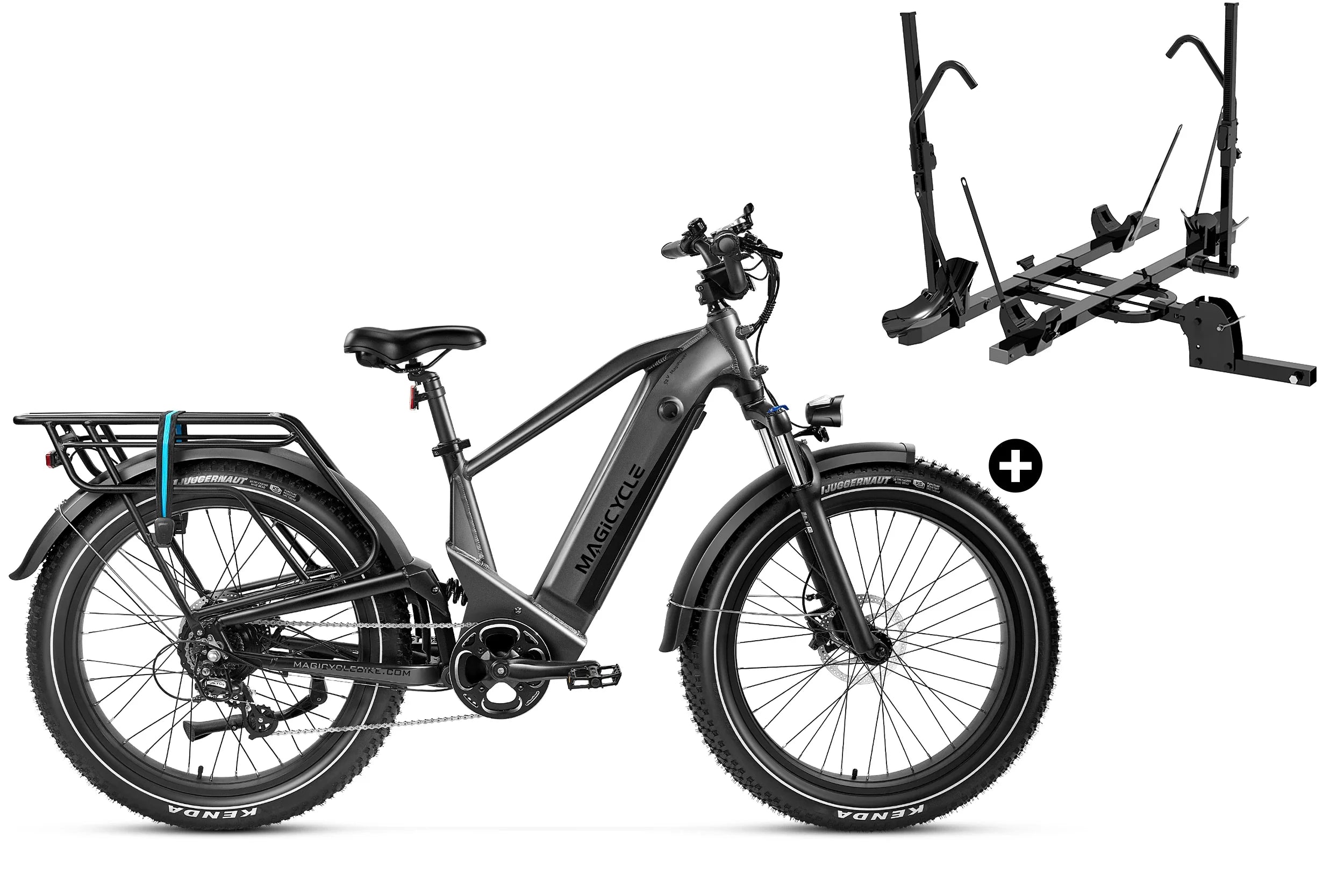Mountain biking has always been a sport that combines the thrill of adventure with the challenge of physical endurance. However, the advent of pedal-assist e-bikes is revolutionizing this exhilarating activity. This article delves into how pedal-assist e-bikes are changing the game for mountain bike enthusiasts, making the sport more accessible and enjoyable for a broader audience.

Enhanced Accessibility for All Skill Levels
One of the most significant impacts of pedal-assist e-bikes is the increased accessibility they offer. Traditional mountain biking can be daunting for beginners or those with physical limitations. Pedal-assist technology provides a boost that makes it easier to tackle steep inclines and rough terrains. This means that more people, regardless of their fitness level, can enjoy the thrill of mountain biking.
For example, a novice rider who might struggle with a challenging uphill trail can now experience the same route with less strain, thanks to the assistive power of an e-bike. This democratization of the sport is encouraging more people to take up mountain biking, fostering a more inclusive community.
Extended Riding Range and Time
Another way pedal-assist e-bikes are transforming mountain biking is by extending the range and duration of rides. Traditional mountain bikes rely solely on the rider's stamina, which can limit the distance covered. With pedal-assist e-bikes, riders can venture further and explore more remote trails without the fear of exhaustion.
Imagine being able to ride for hours, covering miles of rugged terrain, and still having the energy to enjoy the scenery. This extended range not only enhances the overall experience but also allows riders to discover new trails and landscapes that were previously out of reach.
Boosting Confidence and Skill Development
Pedal-assist e-bikes are also instrumental in boosting riders' confidence and aiding skill development. The added power helps riders navigate tricky sections of a trail with greater ease, reducing the risk of accidents and injuries. This safety net encourages riders to push their limits and try more challenging routes.
For instance, a rider who might hesitate to tackle a technical downhill section can do so with more confidence, knowing they have the extra power to manage the descent. Over time, this leads to improved skills and a greater sense of accomplishment, further fueling their passion for mountain biking.
Environmental and Health Benefits
While the primary focus is often on the thrill and accessibility, pedal-assist e-bikes also offer significant environmental and health benefits. E-bikes produce zero emissions, making them an eco-friendly alternative to motorized vehicles. By choosing an e-bike for mountain adventures, riders contribute to reducing their carbon footprint.
Moreover, pedal-assist e-bikes still require physical effort, promoting cardiovascular health and overall fitness. Riders can enjoy the benefits of exercise without the extreme fatigue associated with traditional mountain biking. This balance makes e-bikes an attractive option for those looking to stay active while enjoying the great outdoors.
Conclusion
In conclusion, pedal-assist e-bikes are undeniably changing the landscape of mountain biking. By enhancing accessibility, extending riding ranges, boosting confidence, and offering environmental and health benefits, these innovative bikes are attracting a diverse group of enthusiasts. As technology continues to evolve, the future of mountain biking looks more inclusive and exciting than ever. Whether you're a seasoned rider or a newcomer, pedal-assist e-bikes offer a unique way to experience the thrill of the trail.








